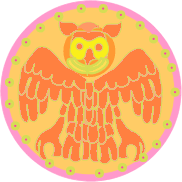
|
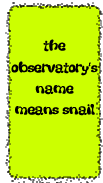 |
|
Their castle looks like a pyramid, is called
El Castillo. It's 75 feet tall. The large
steps end in two big serpent heads. The Mayans knew a lot about
the calendar. On the first day of spring and the first day of fall,
the sun casts shadows on the steps that look To the Maya this was a lucky symbol. It meant the golden sun had entered the earth, meaning it was time to plant corn. |
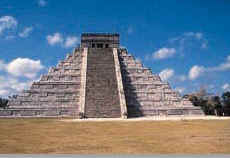 |
|
The main ball court is the largest anywhere, Called the Juego de Pelota, it is one of nine ball courts built in this city. Carved on both walls of the court are scenes showing Mayan figures dressed as ball players wearing heavy protective padding. Chichen Itza "chee-cha nee-sa" was created by people called the Itzles in 445 BC. About 800 years later, the city was empty. Why the people left is still a mystery. The people made many pictures of feathered serpents, eagles and jaguars. |
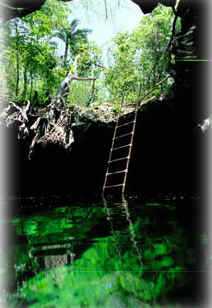 |
|
Cenote Sagrado Chichen Itza is a popular side trip from Cancun |
|







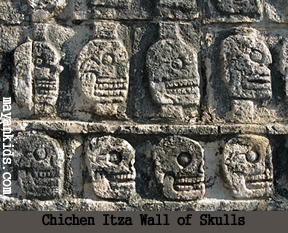 like a snake wiggling down the pyramid.
like a snake wiggling down the pyramid. 